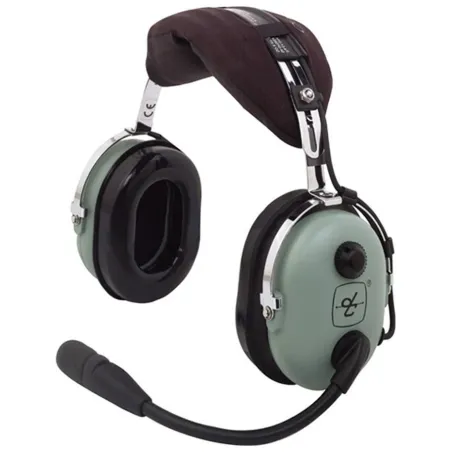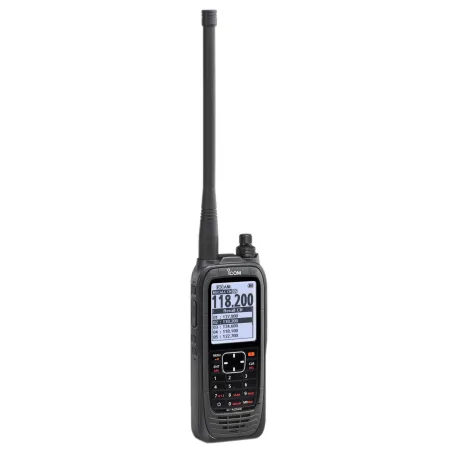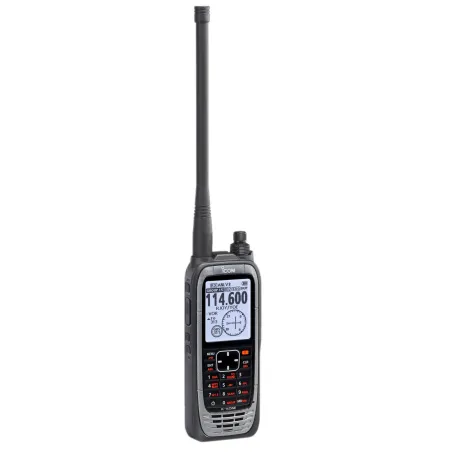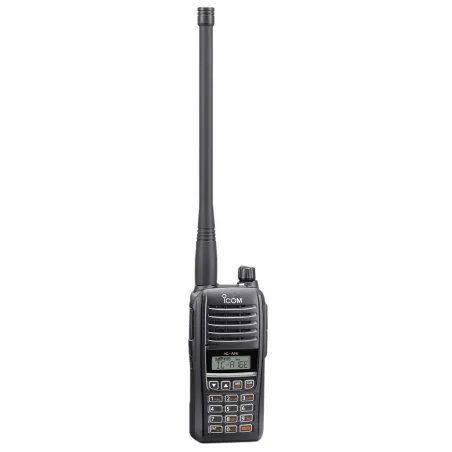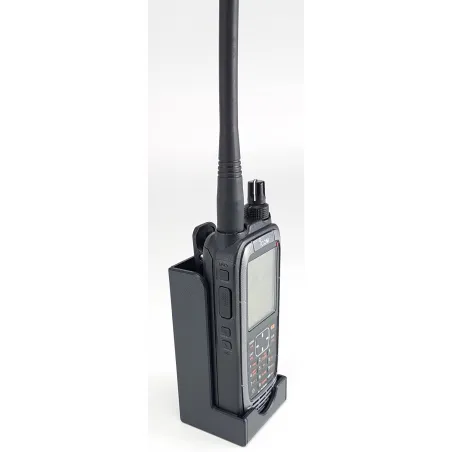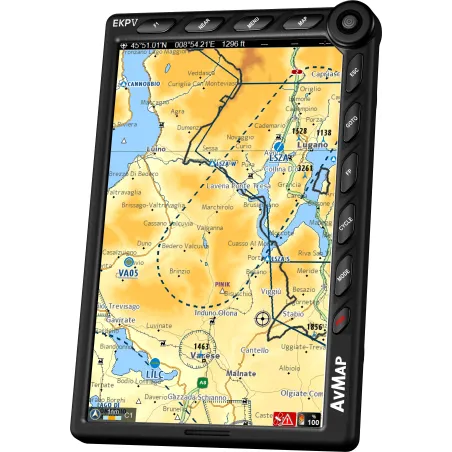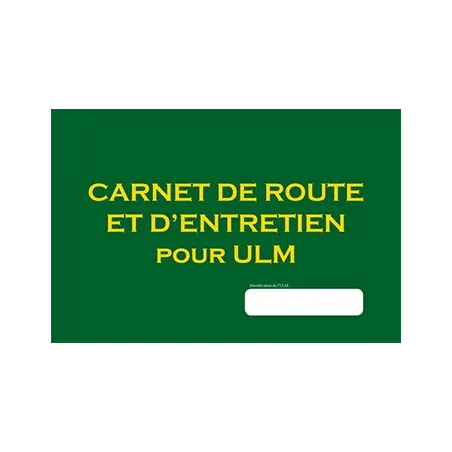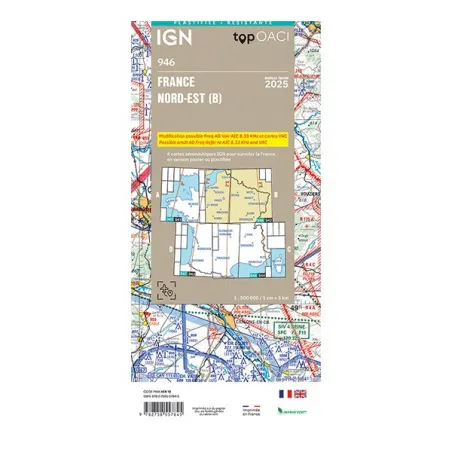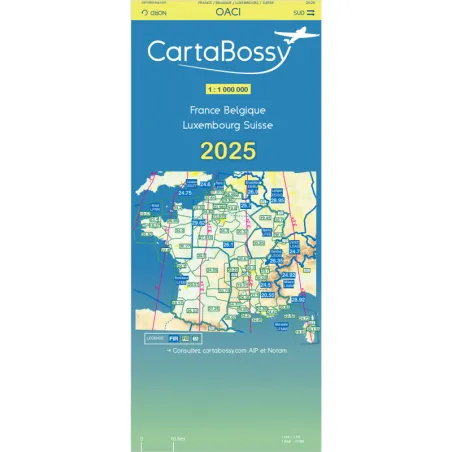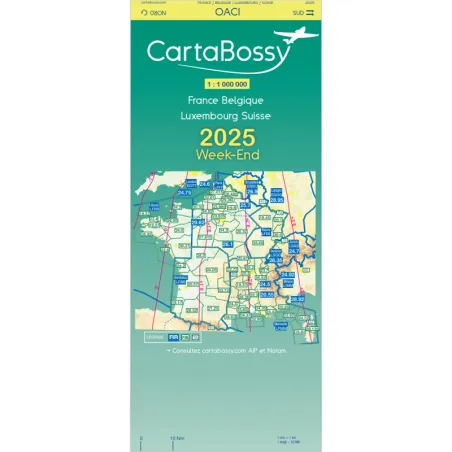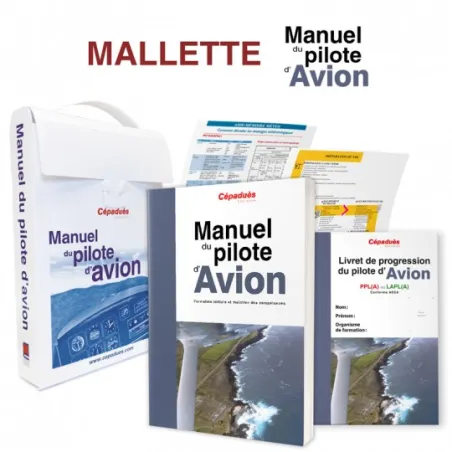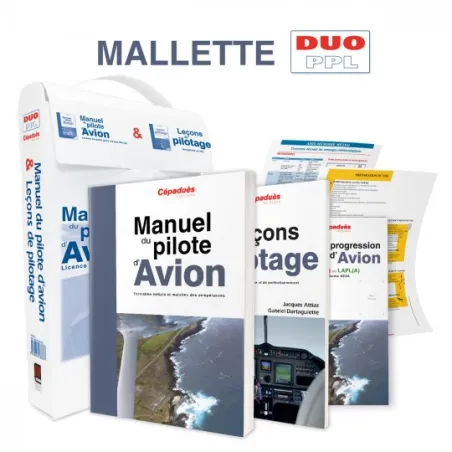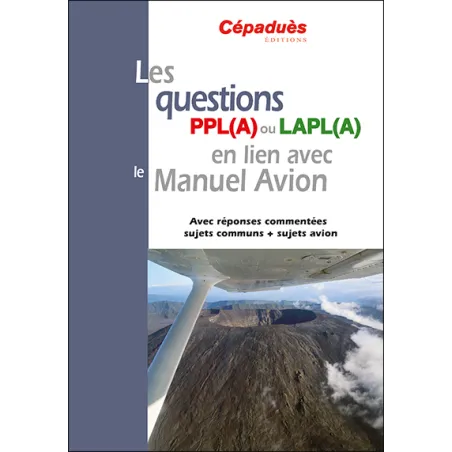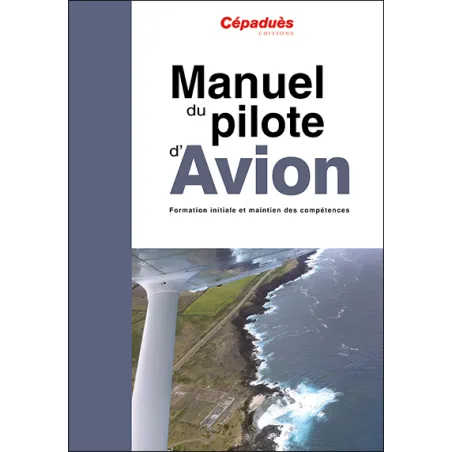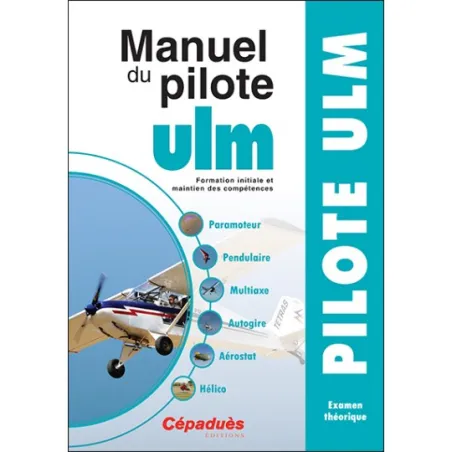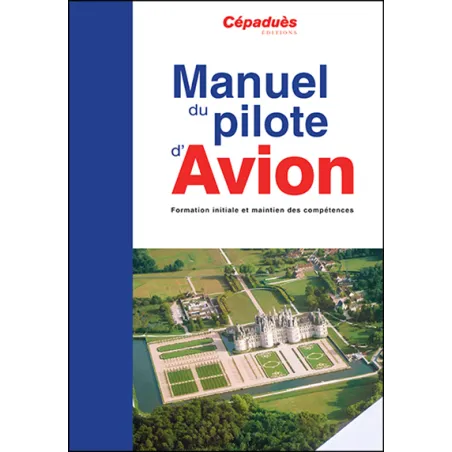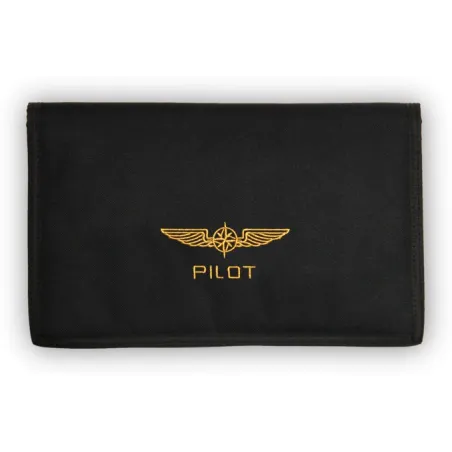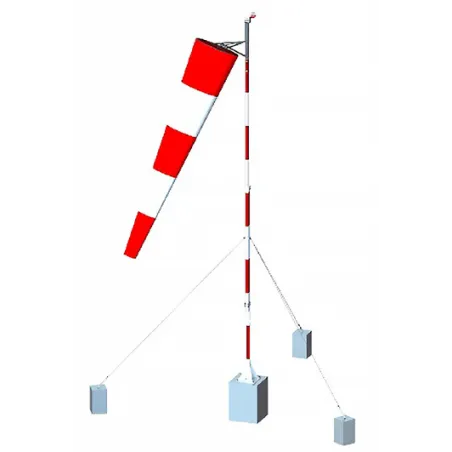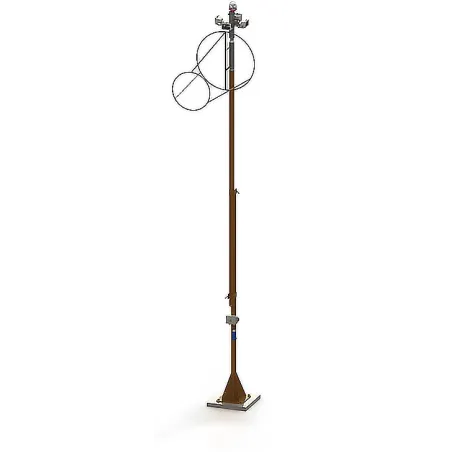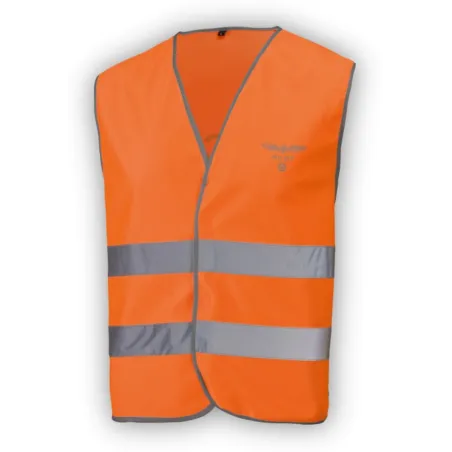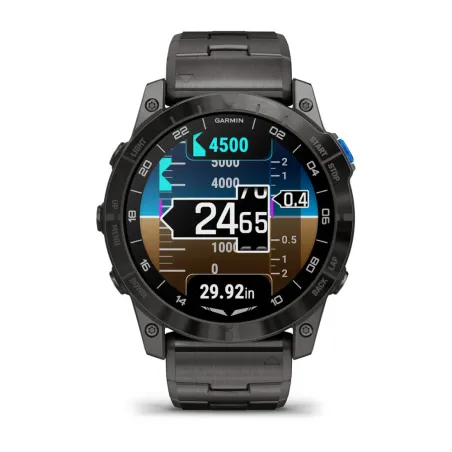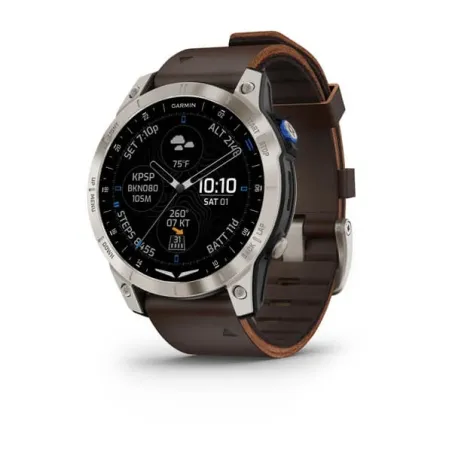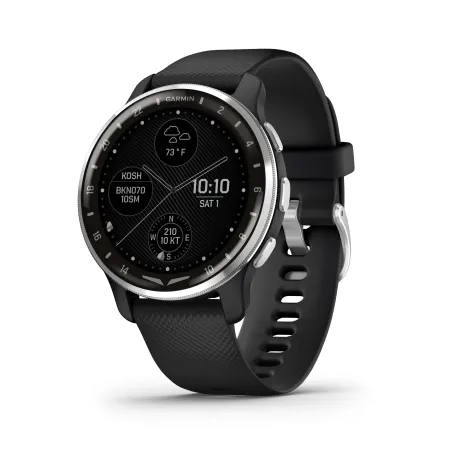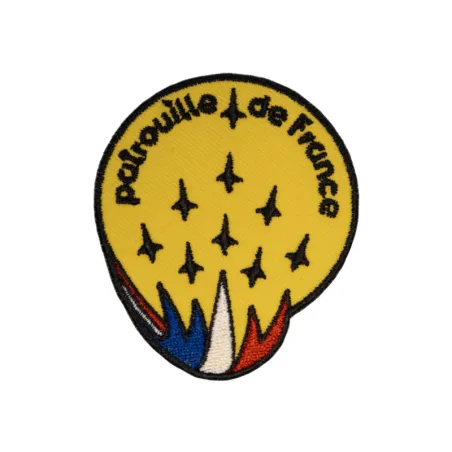Aeronautical communication: do you know how to talk on the radio?
Categories :
Aeronautical training
, BAYO
Hello to all pilots and future pilots: today we are going to talk about aviation languages.
The aviation sector is full of acronyms and technical terms, which can be confusing when you're just starting out in the field. However, it is essential for every pilot to understand the main types of aviation jargon in order to fly safely in friendly skies.
We will examine the meaning and importance of four types of aviation terms, including the phonetic alphabet, VHF communication frequencies, IFR flights, and weather codes.
The Phonetic Alphabet: Charlie, Juliet, and Their Friends
It’s called the "phonetic alphabet," but it would be more accurate to call it the "spelling alphabet." It allows you to spell a word, an acronym, or a code in the clearest way possible, even when the connection is poor. It consists of words whose initials correspond to a letter of the alphabet.
If you’re a fan of aviation movies, you’ll probably recognize some of these in the list that every pilot should know as well as their school alphabet:
Alpha, Bravo, Charlie, Delta, Echo, Foxtrot, Golf, Hotel, India, Juliet, Kilo, Lima, Mike, November, Oscar, Papa, Quebec, Romeo, Sierra, Tango, Uniform, Victor, Whiskey, X-Ray, Yankee, Zulu.
Mostly associated with aviation even in popular songs, this coded way of saying a series of letters has, however, been used since its inception in all sorts of remote communications where it is necessary to avoid confusion: military or civilian communications, terrestrial, marine, or aeronautical. The first spelling alphabets were developed before World War I to improve communication over long-distance telephone circuits, which were particularly noisy.
For several decades, different systems were used in parallel or in competition, until NATO standardized the coding among allied forces, after consulting a psychoacoustic laboratory at Harvard University to determine the best words to use. The goal was to ensure understanding via "military interphones, in the intense noise encountered in modern warfare," and to find words that were pronounceable and understandable by English, French, and Spanish speakers.
The final alphabet was established in March 1956.
Young pilot, if memorizing this alphabet is difficult for you, we recommend you equip yourself with a flight board CB-8 – POOLEYS or CB-5 – POOLEYS, which contain a sheet with the phonetic alphabet: a good way to always have it within reach of the mic to fill in memory gaps. Other equally useful information is also included: Morse code, transponder codes, etc.
Communication Frequencies: What Band Are You On?
A radio frequency is a kind of Hertzian route on which you can communicate with other users present on the same route, leaving the way clear on the routes you’ve chosen not to use. The communication routes reserved for aviation are within the same "region" or range of the frequency band: that of very high frequencies – or very high frequency (VHF) in English – ranging from 108 MHz to 137 MHz.
They are used for short and medium-range aeronautical radio communications, notably for voice exchanges between pilots and ground services. Each frequency in this range corresponds to specific situations. It’s important to know them in order to choose the appropriate frequency.
The most common case: to communicate with the control tower of an aerodrome or airport, as you will need to do every time you enter its airspace, you must switch to the frequency assigned to it. This is indicated on aeronautical charts, as detailed in this article on reading aeronautical navigation charts.
For small aerodromes that do not have their own frequency, it is customary to use the "club" frequency, 123.500 MHz.
Another frequency to remember: 123.450 MHz, which you will use for communication between aircraft.
And even more important: 121.500 MHz is the international distress frequency, which you will use to signal an emergency or distress situation and to obtain instructions in such situations.
These are the different uses of your onboard radio, the characteristics of which can be found in our article on fixed and portable radios for use in your aircraft. Radios to choose, preferably, from the ICOM range we offer, along with their accessories, for all uses of a portable radio. Because, of course, to communicate well, you need to speak the same language, but also have the right equipment that connects you to your distant interlocutors.
Did you know?
Your radio can help air traffic control guide you!
Imagine you’re lost (which is less and less likely to happen with the widespread use of GPS) AND you're not detected by primary radar from air traffic control services...
Know that control can guess your position and give you a heading to follow by interpreting the signal you emit when communicating with your radio.
This works under certain specific conditions, but it has helped many!
IFR Authorization: When Instruments Guide You
With a small private plane and good weather, you navigate by sight. It’s simple. But if your plane is equipped with the necessary instruments, such as an artificial horizon, a GPS with up-to-date data, etc., you can choose to fly by instruments.
This is especially useful for flying in less favorable weather conditions. IFR flight can be safer but is also restrictive, as it’s not suited for "tourist" flying. It is therefore intended for flights from point A to point B.
This requires you to have passed a specific certification – which you can prepare for using books on "Radio Navigation and IFR" (available in our store in two volumes: The Basics and IFR, GPS). Afterward, each instrument flight will also require more preparation and documentation. As well as an authorization known as clearance.
The IFR (Instrument Flight Rules) authorization is permission granted by air traffic controllers to a pilot or crew to carry out a flight using instrument flight rules. This authorization is necessary when weather conditions or visibility are such that flight is not possible or is unsafe using only visual flight rules (VFR).
To obtain an IFR authorization, the pilot must generally follow a specific procedure, in several steps.
The first step is to file a flight plan with the relevant aviation authority or the appropriate air traffic control agency. This flight plan includes information about the aircraft, the planned route, departure time, onboard equipment, etc. Of course, you would have already created your route using, among other things, aeronautical charts specific to IFR "routes."
Once the IFR flight plan is filed, aviation authorities or air traffic controllers will review the plan, and if it is approved, an IFR authorization will be granted to the pilot. This authorization will typically specify the departure time, route, altitudes to be followed, radio frequencies to use, and other important details for the flight. Authorizations/clearances can evolve at the request of the crew or control.
During the flight, the pilot must strictly follow the instructions in the IFR authorization and communicate with air traffic controllers at specified checkpoints. Air traffic controllers will provide traffic information and instructions to maintain safety and separation between aircraft.
You’ll contact them as needed, with your aviation headset firmly in place to ensure good communication. Let’s take this opportunity to remind beginners that choosing the right aviation headset is important to ensure comfort and safety in communication.
The IFR authorization is essential for commercial flights, international flights, and any flight in weather conditions where VFR flight does not guarantee safety. It ensures that flights in difficult weather conditions or in controlled airspace are conducted in an organized and safe manner.
Weather Codes: What's the Weather Like?
You mentioned weather conditions? We have this chapter left to decode in the checklist of languages to know for the aviation sector. Weather codes are used to convey essential information to pilots, air traffic controllers, and flight operations. Here are some of the most commonly used weather codes in aviation:
- METAR provides current weather information for a specific airport, describing the situation at the time it is issued. It includes details on visibility, temperature, atmospheric pressure, winds, clouds, and other relevant weather conditions at the time of observation. It is often updated every 30 minutes and can be generated automatically (without the intervention of a meteorologist).
- TAF, or Terminal Aerodrome Forecast, provides weather forecasts for a specific airport over a period of 6 to 30 hours. It includes information on expected changes in visibility, wind, clouds, and other weather-related elements.
- SIGMET, or Significant Meteorological Information, is a notice issued to warn pilots of hazardous or unusual conditions such as severe thunderstorms, severe turbulence, volcanic ash, etc.
- AIRMET, or Airmen's Meteorological Information, provides information on less severe but potentially disruptive conditions, such as moderate turbulence, low clouds, fog, etc.
- PIREP, or Pilot Weather Report, is a weather report provided by pilots in flight to report actual conditions such as turbulence, ice formation, strange clouds, etc.
These weather codes and reports are essential for air traffic controllers to provide relevant information to aircraft in flight and for pilots to make safe decisions. They are coded to be concise and precise, allowing for effective and rapid communication of crucial information.
Of course, these radio-provided details don’t exempt the pilot from properly preparing their flight, including weather. Their knowledge of the subject is critical and is an integral part of their training. Many books can assist in this learning, such as "How to Prepare Your Weather File", "Weather Resources for Air Travel in France and Europe", or even the Meteorology courses at the Mermoz Institute. This knowledge will be invaluable for each of your flights.
You now have a broad understanding of the languages you will need to master, and it’s important to recognize that communication matters are just as critical in airspace as flight techniques. They connect you to everyone who can guide you, provide information, and ensure your safety. Now, all that’s left is to study all these acronyms, signs, and other codes that are part of aviation jargon.
Roger?
Share this content
Please log in to rate this article






